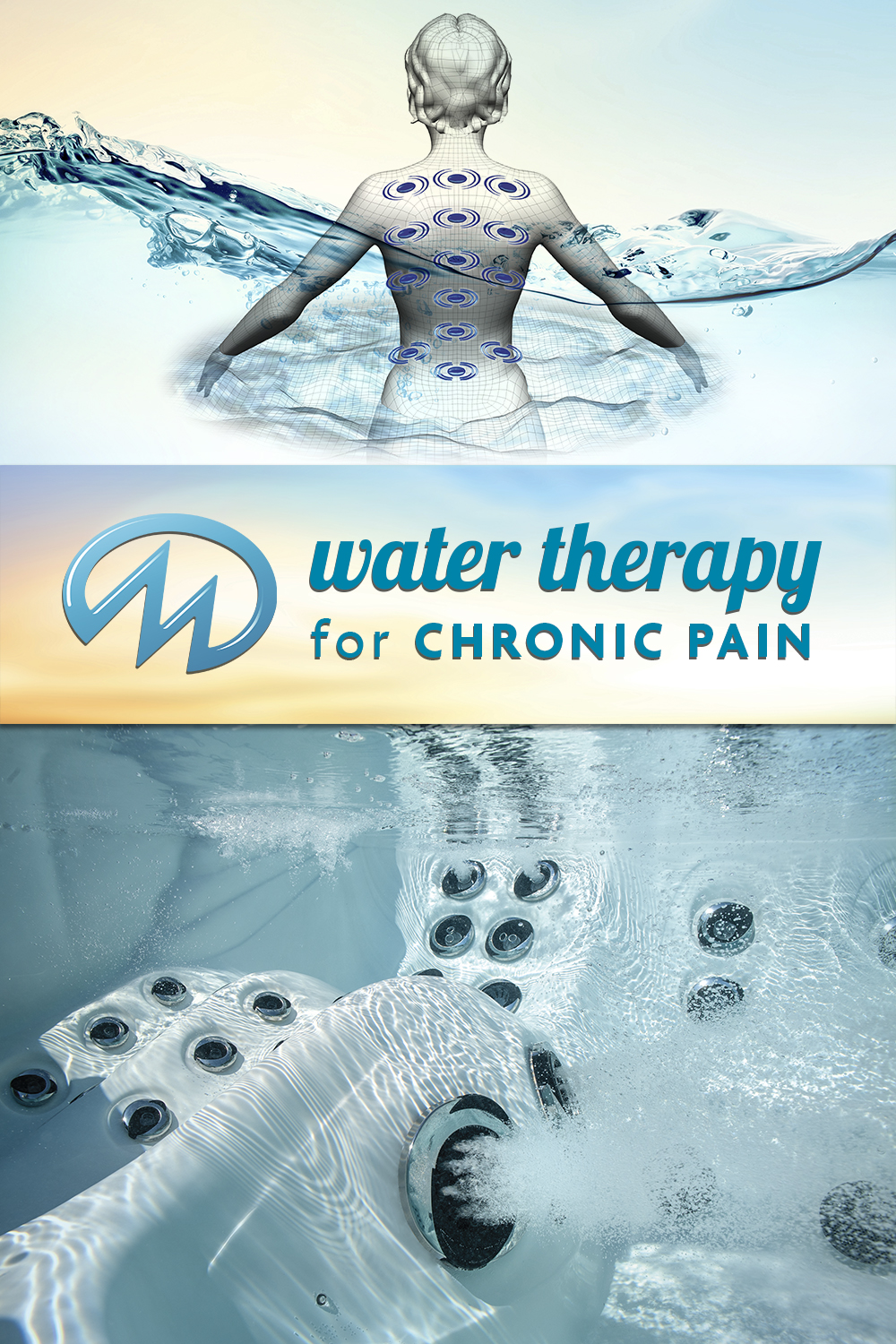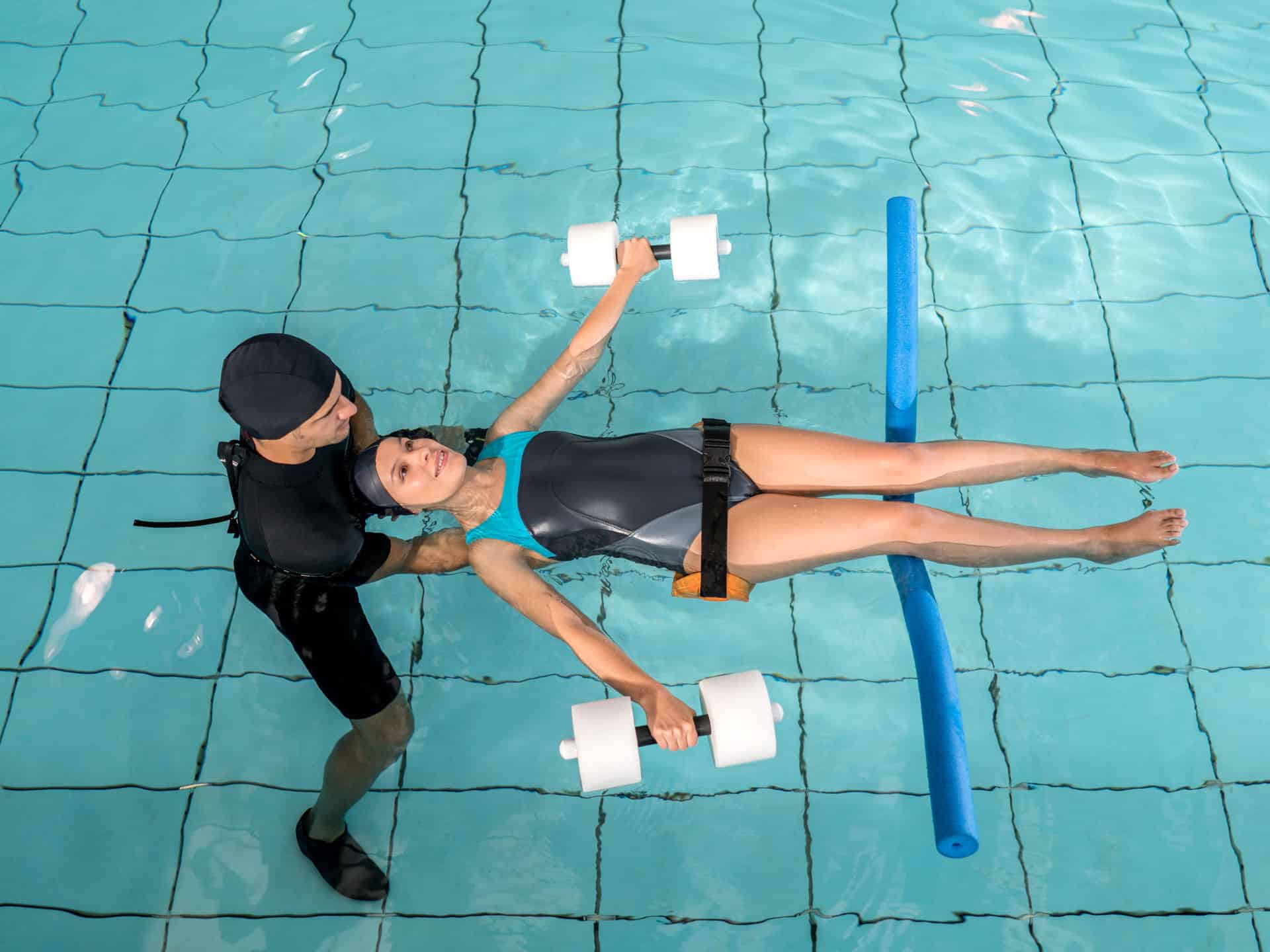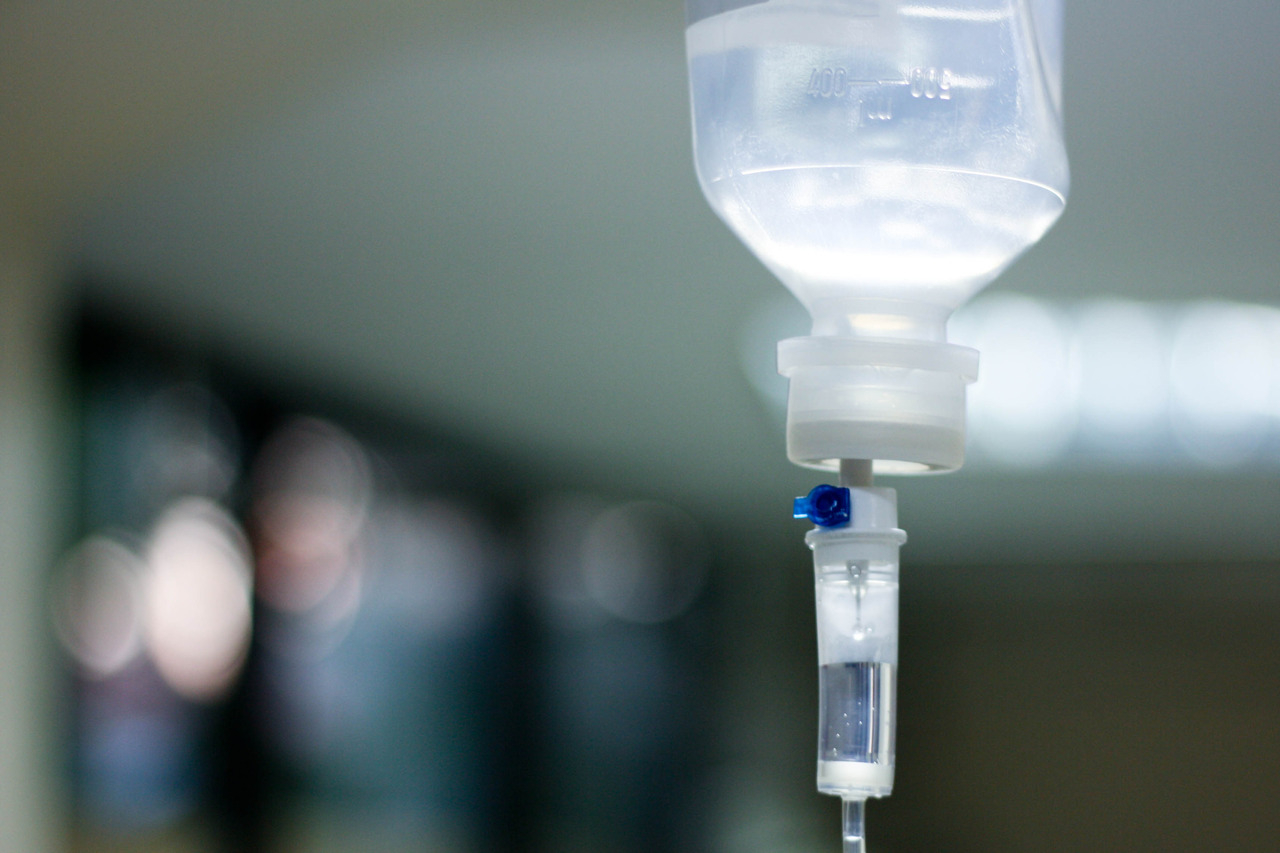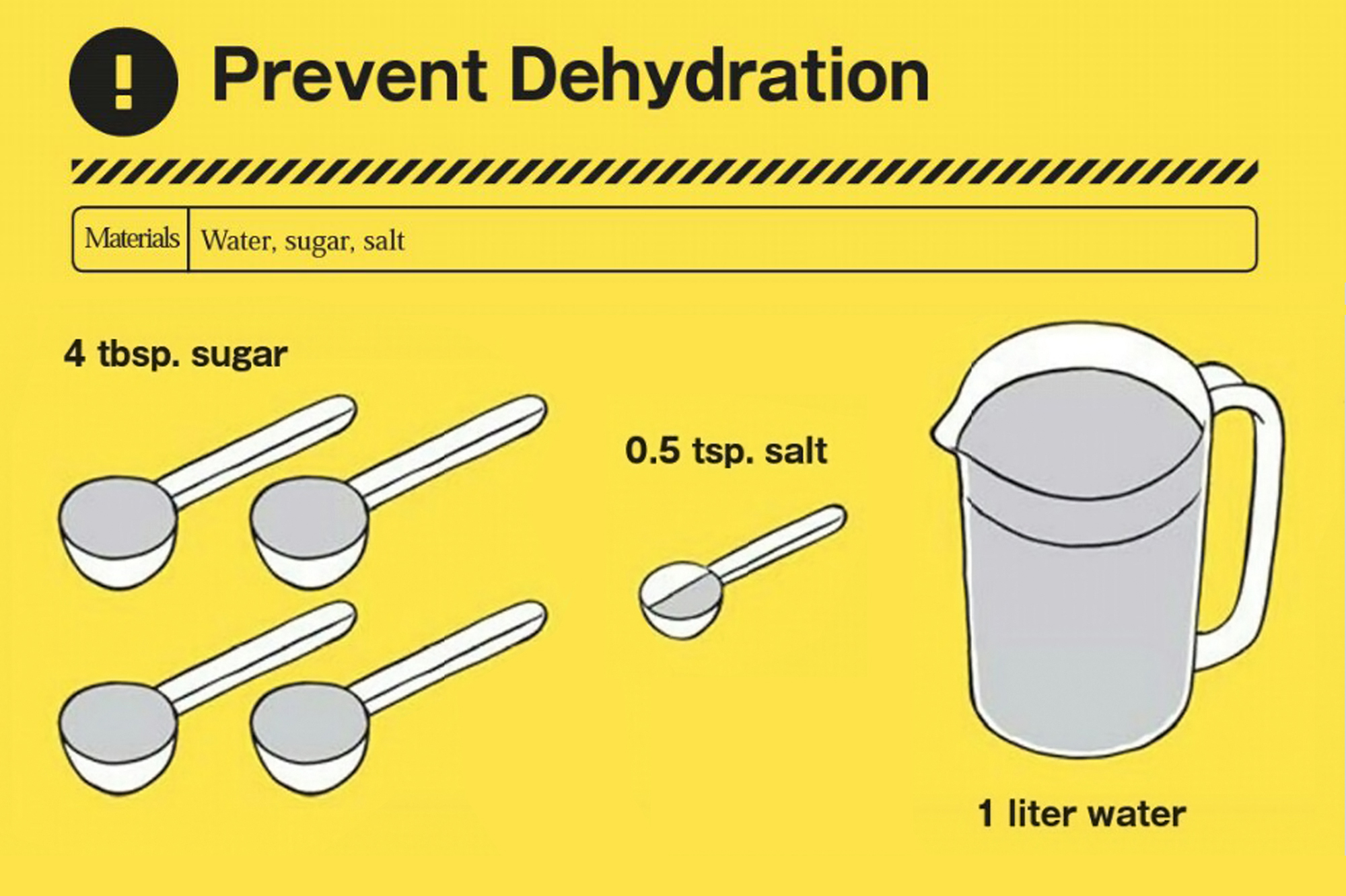
Improve the quality of your life. Free stock photos, Women, Stock photos
Fluid management is a vital skill for inpatient medical settings, where different patients have different fluid needs and losses. This book chapter provides an overview of the principles and methods of fluid management, as well as the common causes and complications of dehydration. It also discusses the types and indications of fluid solutions, and the monitoring and evaluation of fluid status.

Rejuvenate and Refresh. Small yellow flowers, Water art, Yellow flowers
Many adult hospital inpatients need intravenous (IV) fluid therapy to prevent or correct problems with their fluid and/or electrolyte status. Deciding on the optimal amount and composition of IV fluids to be administered and the best rate at which to give them can be a difficult and complex task, and decisions must be based on careful assessment of the patient's individual needs.

Fluid Therapy Cheats for Veterinary Nurses ACVN
Improved understanding of the physiologic principles that determine the efficacy and consequences of fluid therapy in healthy and diseased animals is essential to good clinical practice and has advanced considerably during the past several decades due to: 1) Understandable and logical definitions of the terms used to describe fluid therapy; Revised theories on transvascular fluid flux (11)(12.

water therapy
Fast and Free Shipping On Many Items You Love On eBay. Looking For Water Therapy? We Have Almost Everything On eBay.

Water Balance Boundless Anatomy and Physiology
On a normal diet, the minimum water intake is estimated at 500 mL/day (assuming there are no increased losses). This value is based upon the balance of total water intake and production and the minimum rate of urinary loss. Individuals who can concentrate their urine to 1200 mosmol/L who excrete 600 mosmol of solute (sodium and potassium salts.

Pin on The Nue Co.
Fluid therapy is one of the most common therapies provided in small animal medicine. Patients are given fluids for many reasons, and the number of available fluids is growing. Knowing why fluids are ordered, the goals and limitations of fluid therapy, and how fluids are chosen is a key competency for veterinary technicians.

Water Therapy for Improved Range of Motion and Endurance Chico, CA
In patients with septic shock, the administration of fluids during initial hemodynamic resuscitation remains a major therapeutic challenge. We are faced with many open questions regarding the type, dose and timing of intravenous fluid administration. There are only four major indications for intravenous fluid administration: aside from resuscitation, intravenous fluids have many other uses.

Fluid Water Therapy (fluidwatertherapy) Profile Pinterest
Intravenous fluid therapy is one of the most common interventions in acutely ill patients. Each day, over 20% of patients in intensive care units (ICUs) receive intravenous fluid.

Pin on Fluid Water Therapy
Summary. Water fasting can cause quick weight loss, but it is not without its dangers. While the practice may affect insulin sensitivity and blood pressure in positive ways, it can also lead to dehydration and orthostatic hypotension. Consult a healthcare provider before beginning any type of fast. 8 Sources.

IV Fluids Therapy Southwest Houston, Texas
Fluid therapy Water-electrolyte balance Dehydration Practice guidelines Older adults This chapter is a component of Part I: Nutritional Care in Old Age. For an explanation of the grouping of chapters in this book, please see Chap. 1: 'Overview of Nutrition Care in Geriatrics and Orthogeriatrics'. Download chapter PDF Learning Outcomes

"If you talk about it, it's a dream, if you envision it, it's possible
Hydrotherapy is the external or internal use of water in any of its forms (water, ice, steam) for health promotion or treatment of various diseases with various temperatures, pressure, duration, and site.

Introduction to Fluid Therapy YouTube
Intravenous fluid therapy involves the intravenous administration of crystalloid solutions and, less commonly, colloidal solutions . The type, amount, and infusion rates of fluids are determined based on the indication for fluid therapy and specific patient needs. Crystalloid solutions are used to resuscitate patients who are hypovolemic or

Fall in love with taking care of your body. Take care of your body
In an average adult, water accounts for 50% of the total lean body weight in women and 60% in men. 2. Fluid therapy is a well-established lifesaving intervention, but aggressive administration without adequate monitoring and reassessment can negate the beneficial effects of this treatment. The development of fluid overload has.

The Nue Co.'s Magnesium Ease can be found at Fluid Water Therapy, along
Even in specific categories of critically ill patients, i.e., with trauma or burns, fluid therapy should be carefully applied, considering the importance of their specific aims; maintaining peripheral oxygen delivery, while avoiding the consequences of fluid overload.

Hydrotherapy for Stroke AQUA4BALANCE
Hydrotherapy is traditionally a type of physical therapy done in warm water (heated to 31-35 degrees) and involves the use of water for reducing pain, improving range of motion as well as strengthening and improving function.

Hydrate Faster with Oral Rehydration Therapy RECOIL OFFGRID
Intravenous fluid therapy is one of the most common therapeutic interventions performed in the ED, and is a long-established treatment.